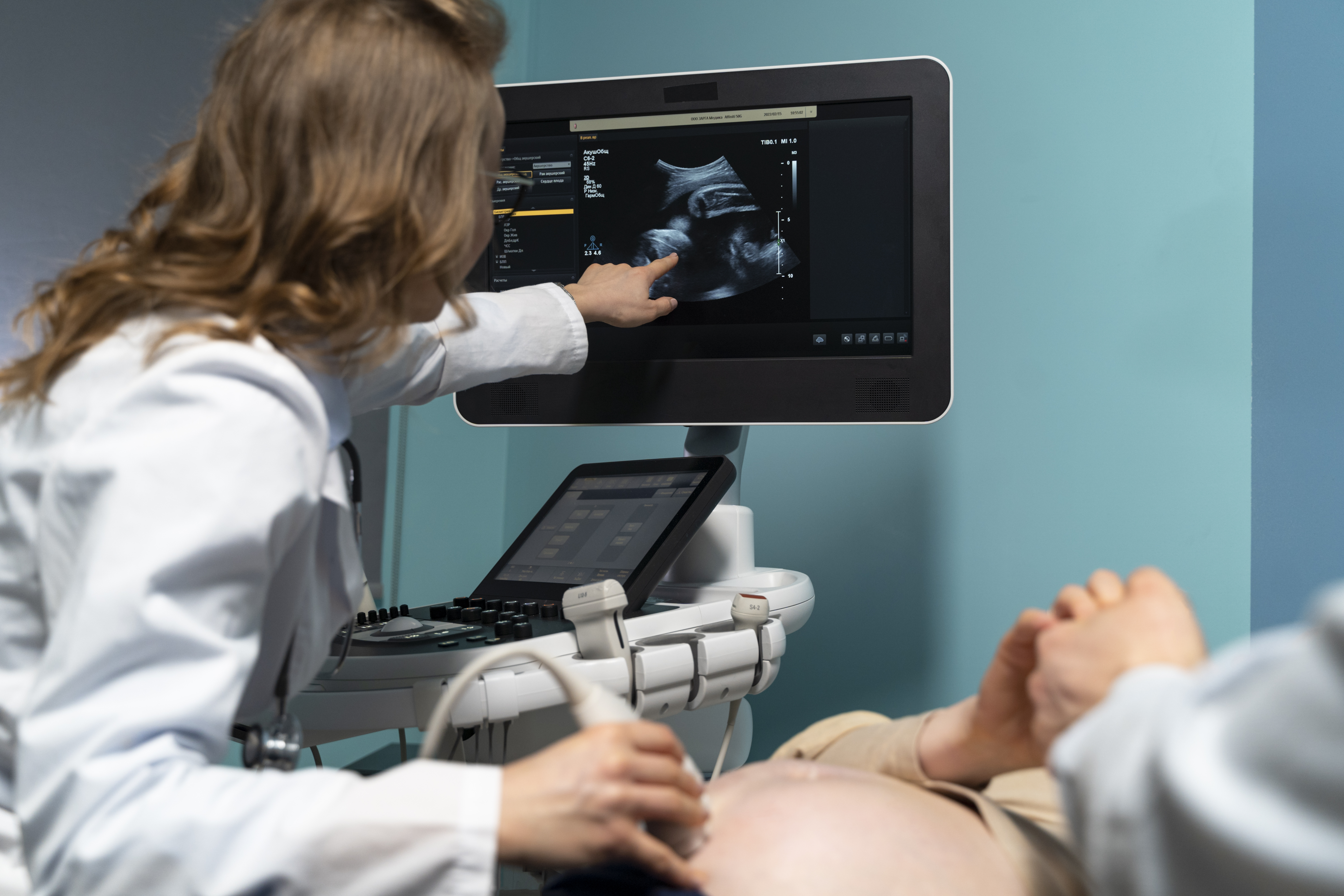echocardiogram is a noninvasive (the skin is not pierced) procedure used to assess the heart's function and structures. During the procedure, a transducer (like a microphone) sends out sound waves at a frequency too high to be heard. When the transducer is placed on the chest at certain locations and angles, the sound waves move through the skin and other body tissues to the heart tissues
- This, the simplest type of echocardiography, produces an image that is similar to a tracing rather than an actual picture of heart structures. M-mode echo is useful
- Doppler echocardiography. This Doppler technique is used to measure and assess the flow of blood through the heart's chambers and valves
- Refrain from eating or drinking for a few hours before your scan
No special preparations are necessary for a standard transthoracic echocardiogram. You can eat, drink and take medications as you normally would. If you're having a transesophageal echocardiogram, your doctor will ask you not to eat for several hours beforehand
The reason(s) your provider ordered the test.The size of the heart chambers and thickness of the heart muscle.The function of the left and right ventricles (pumping chambers)A description of the shape, movement, and function of the heart valves.
Is fasting required for a 2D echo test? No, you do not need to fast to undergo a standard 2D echo test. It is a completely non-invasive procedure that doesn't use blood or urine samples. You can drink water, eat food and take your medication before this test.

